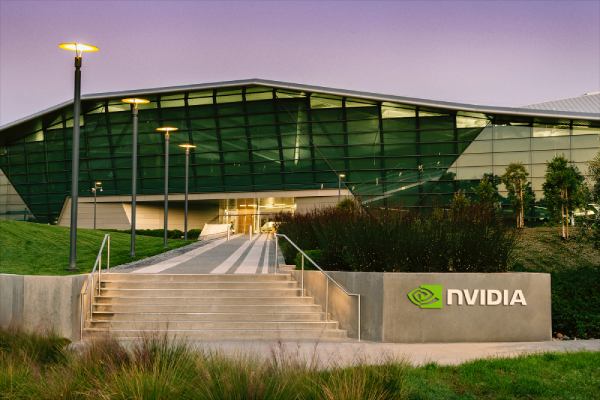Nvidia’s Multi-Billion Dollar Investment in U.S. Chip Production and Manufacturing Expansion
Nvidia’s CEO,Jensen Huang,recently shared some exciting news about the company’s plans to invest heavily in U.S.-made electronics over the next four years. He mentioned that Nvidia is looking at a staggering half a trillion dollars in total procurement, with a significant chunk of that being produced right here in the States.
During his talk at Nvidia’s GTC event in San Jose, huang highlighted how partnerships with major suppliers like Taiwan Semiconductor Manufacturing Company (TSMC) and Foxconn are making this shift possible. He also acknowledged the previous administration’s efforts to boost domestic manufacturing as a key factor.
Huang remarked, “Having an administration focused on supporting our industry without letting energy concerns hinder progress is fantastic for AI growth in America.”
In line with this vision, TSMC has committed $100 billion to build a chip plant in Arizona. This investment is expected to create tens of thousands of jobs and enhance America’s standing in artificial intelligence. with this latest commitment, TSMC’s total investment for U.S. production has reached $165 billion.
“TSMC’s move into the U.S.considerably strengthens our supply chain resilience,” Huang noted during his conversation with the Financial Times.
But it’s not just Nvidia making waves; other tech giants are also ramping up their investments.Companies like Apple and Google are busy constructing new data centers aimed at bolstering AI capabilities. As an example, Meta recently announced an notable $65 billion investment dedicated to enhancing its AI infrastructure while Trump introduced an enterprising project called Stargate—a collaboration involving OpenAI, SoftBank, and Oracle—worth $100 billion.
Nvidia plays a crucial role here as it produces many of the chips driving these advanced AI systems and currently dominates between 70% and 95% of the GPU market share. Huang pointed out that as AI technology evolves rapidly, so dose our need for computing power: “The computational demands we face now due to advancements like agentic AI have skyrocketed—it’s easily 100 times what we anticipated just last year.”
This surge reflects not only technological growth but also highlights how critical it is for companies to adapt quickly within this fast-paced landscape!


Comments are closed, but trackbacks and pingbacks are open.